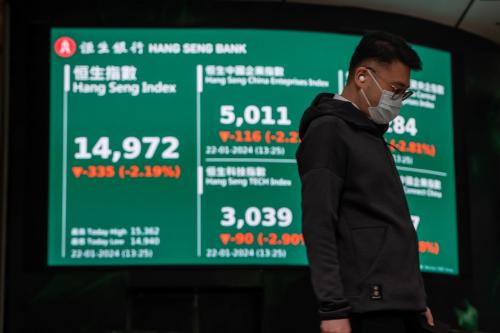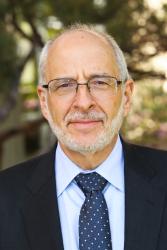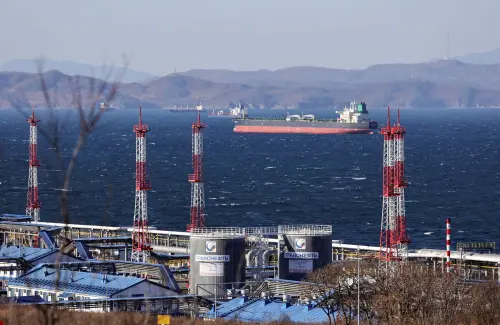

1:30 pm EST - 4:30 pm EST
Past Event
1:30 pm - 4:30 pm EST
1775 Massachusetts Ave., NW
Washington, DC
The Obama administration has adopted a policy of rebalancing toward Asia and in recent months has detailed this in military, economic and trade, human rights and diplomatic initiatives. President Barack Obama has personally affirmed that the U.S. will play a leadership role in Asia for many years to come. While this set of policies is not entirely new, it is sufficiently distinctive as a package to warrant examination as to its feasibility and likely impact.
On January 31, the John L. Thornton China Center and the Center for Northeast Asian Policy Studies at Brookings hosted a discussion examining the announced rebalancing initiatives and their likely impact, especially on U.S.-China relations. Panelists also analyzed two key pillars of this effort, the evolution of U.S. force deployments in Asia, and the development of the Trans-Pacific Partnership (TPP) initiative on economic and trade issues.
After each panel, speakers took audience questions.
Read Richard Bush’s remarks on the response of China’s neighbors to the U.S. “Pivot” to Asia »



Eswar Prasad, Caroline Smiltneks
April 14, 2024

Robin Brooks
April 11, 2024
2024
The Brookings Institution, Washington DC
10:00 am - 11:30 am EDT